10 Best Herbal Creams For Hyperpigmentation
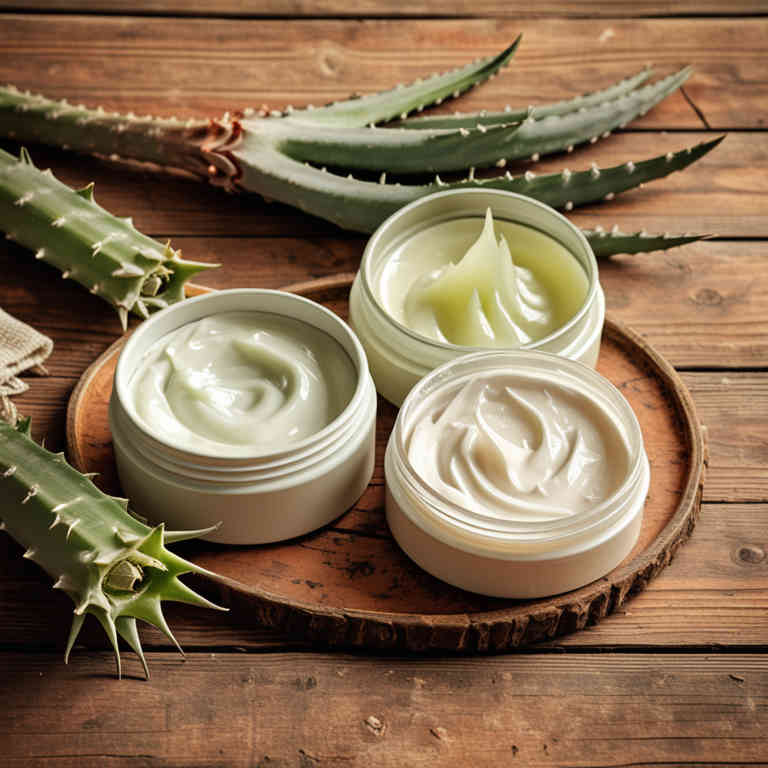
Herbal creams for hyperpigmentation are natural skincare products that contain plant-based ingredients known for their skin-brightening properties.
Common ingredients include licorice extract, turmeric, neem, and green tea, which are believed to inhibit melanin production and reduce dark spots. These creams are often preferred by individuals seeking gentler, chemical-free alternatives to conventional treatments. They can be effective for mild to moderate hyperpigmentation when used consistently as part of a daily skincare routine.
However, it is important to consult a dermatologist to ensure they are suitable for one's skin type and condition.
FREE Herb Drying Checklist
How to make sure every batch retains maximum flavor, color, and aroma without the risk of mold or over-drying. Eliminate guesswork and trial-and-error, making herb drying faster, easier, and more efficient every time.
Table of Contents
1. Curcuma longa
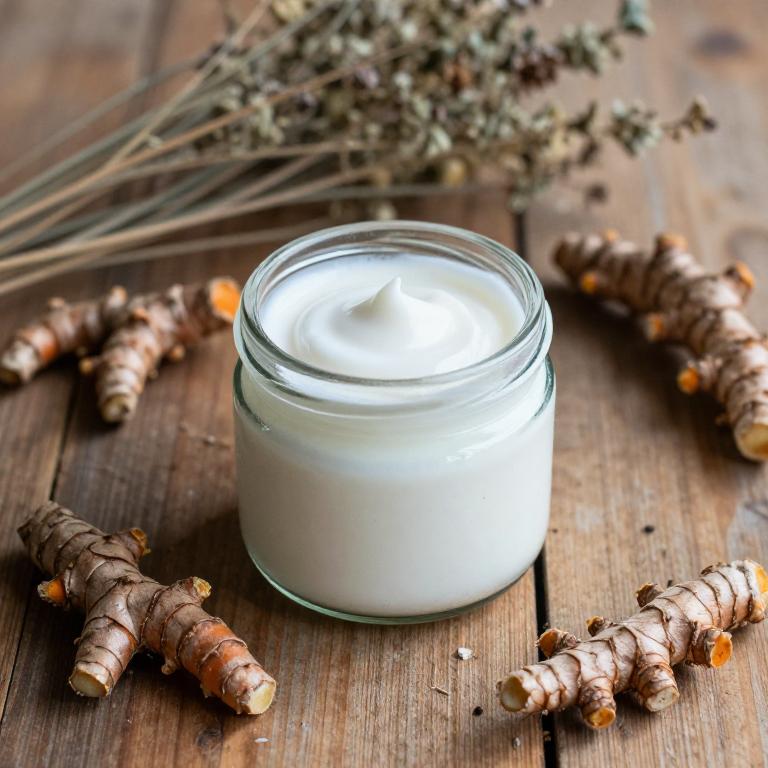
Curcuma longa, commonly known as turmeric, is a natural herb widely used in traditional medicine for its anti-inflammatory and antioxidant properties.
Herbal creams containing curcuma longa are gaining popularity for their potential to reduce hyperpigmentation by inhibiting melanin production and promoting skin renewal. These creams often include curcumin, the active compound in turmeric, which helps to fade dark spots and even out skin tone. However, due to its potency, it is important to use these creams with a moisturizer or carrier oil to prevent skin irritation.
While some users report positive results, more scientific research is needed to fully understand their efficacy and long-term effects on hyperpigmentation.
2. Vitex agnus-castus
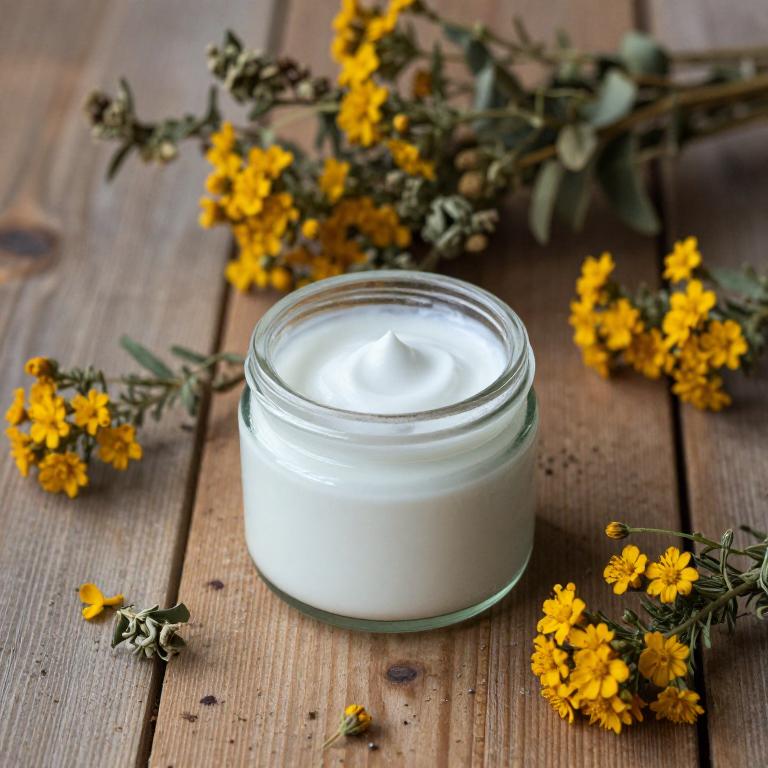
Vitex agnus-castus, commonly known as chaste tree, is often used in herbal creams to address hyperpigmentation due to its potential to regulate hormonal imbalances that can contribute to skin discoloration.
These creams typically contain extracts from the plant's berries, which are believed to influence melatonin and prolactin levels, thereby reducing excess melanin production. The anti-inflammatory and antioxidant properties of vitex may also help in soothing the skin and promoting a more even skin tone. While some studies suggest its efficacy, more clinical research is needed to fully validate its effectiveness for hyperpigmentation.
As with any topical treatment, it is advisable to perform a patch test and consult a dermatologist before incorporating vitex-based creams into a skincare routine.
3. Aloe barbadensis
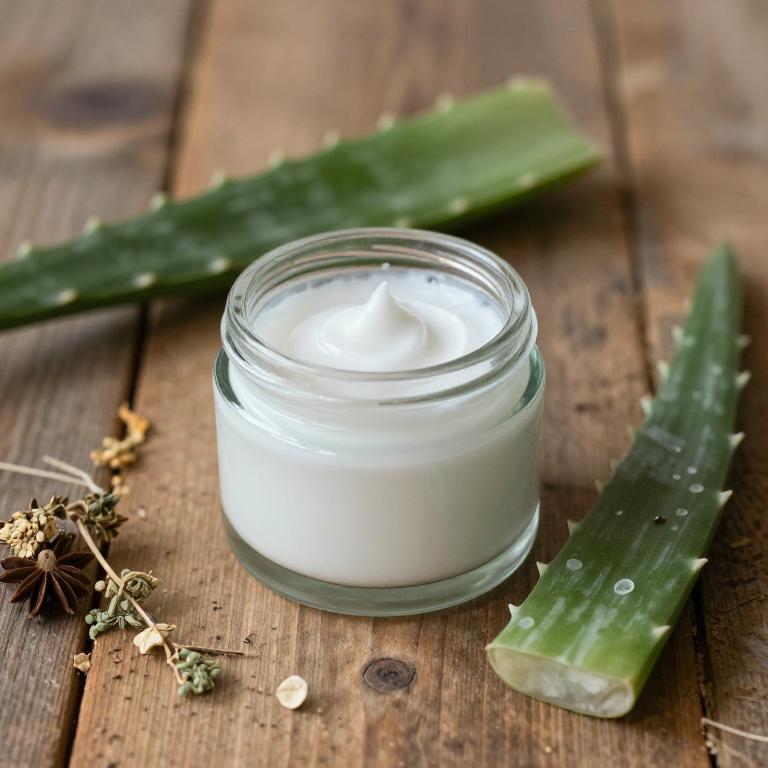
Aloe barbadensis, commonly known as aloe vera, is widely used in herbal creams for its soothing and skin-renewing properties.
These creams often contain aloe vera gel, which is rich in antioxidants, vitamins, and minerals that help to reduce hyperpigmentation by inhibiting melanin production. The anti-inflammatory properties of aloe vera can also help to calm irritated skin and promote faster healing, making it effective for treating dark spots and uneven skin tone. When combined with other natural ingredients like licorice root or vitamin C, aloe-based creams can enhance their effectiveness in brightening the skin.
However, it is important to patch test these products to avoid potential allergic reactions, as individual skin sensitivities may vary.
4. Rosa canina
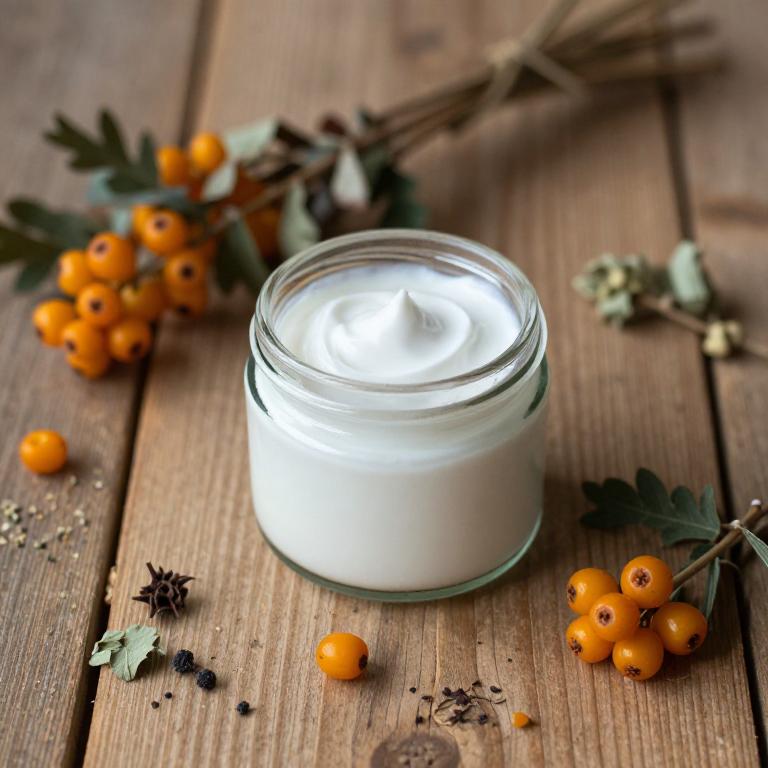
Rosa canina, commonly known as rosehip, is a natural ingredient often used in herbal creams for hyperpigmentation due to its high content of essential fatty acids, vitamins, and antioxidants.
These components help to brighten the skin, reduce dark spots, and promote a more even skin tone by supporting cell renewal and protecting against oxidative stress. Rosa canina creams are particularly beneficial for those with sun-damaged or acne-prone skin, as they can help fade post-inflammatory hyperpigmentation. The anti-inflammatory properties of rosehip oil also soothe the skin and enhance overall skin health.
When used consistently, these herbal creams can provide a gentle and effective approach to managing hyperpigmentation without the harsh side effects of chemical treatments.
5. Silybum marianum
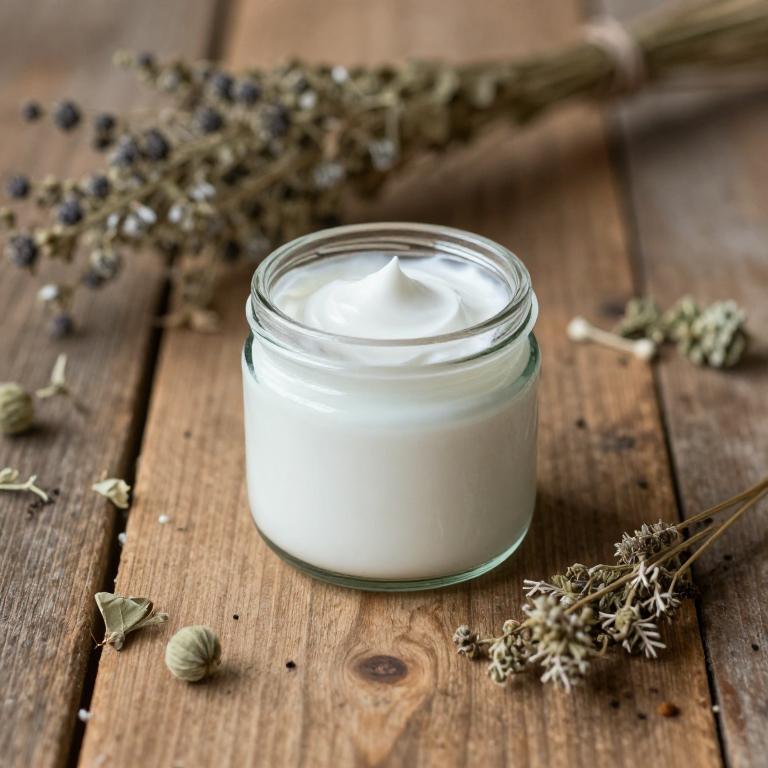
Silybum marianum, also known as milk thistle, is a herbal remedy that has been studied for its potential benefits in treating hyperpigmentation.
The active compound, silymarin, is believed to have antioxidant and anti-inflammatory properties that may help reduce the appearance of dark spots and uneven skin tone. Silybum marianum herbal creams often contain silymarin as a key ingredient, offering a natural alternative to conventional treatments for conditions like melasma and post-inflammatory hyperpigmentation. These creams are generally considered safe for most skin types, though individuals with sensitive skin should perform a patch test before full use.
When used consistently, silybum marianum creams may support skin renewal and gradual fading of hyperpigmented areas.
6. Centella asiatica
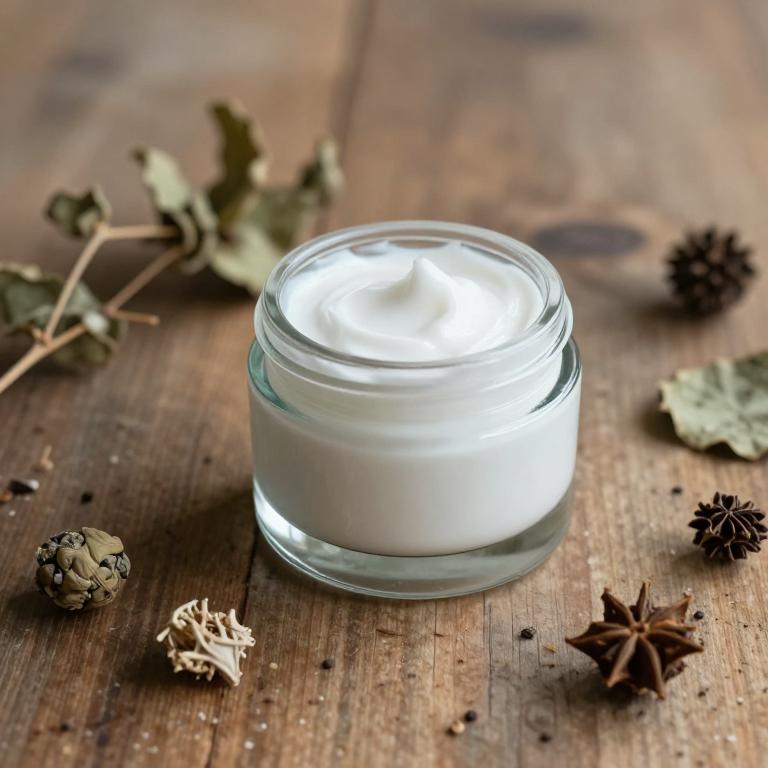
Centella asiatica, also known as gotu kola, is a traditional herb widely used in Ayurvedic and Chinese medicine for its skin-repairing properties.
Herbal creams containing centella asiatica are popular for their ability to reduce hyperpigmentation by promoting collagen production and enhancing skin cell regeneration. These creams are often rich in active compounds like asiatic acid and madecassol, which help to brighten the skin and even out skin tone. They are particularly effective for treating dark spots, acne scars, and sun damage without causing irritation.
Due to their gentle yet effective nature, centella asiatica creams are suitable for sensitive skin and can be used as part of a daily skincare routine to achieve a more radiant complexion.
7. Cnicus benedictus
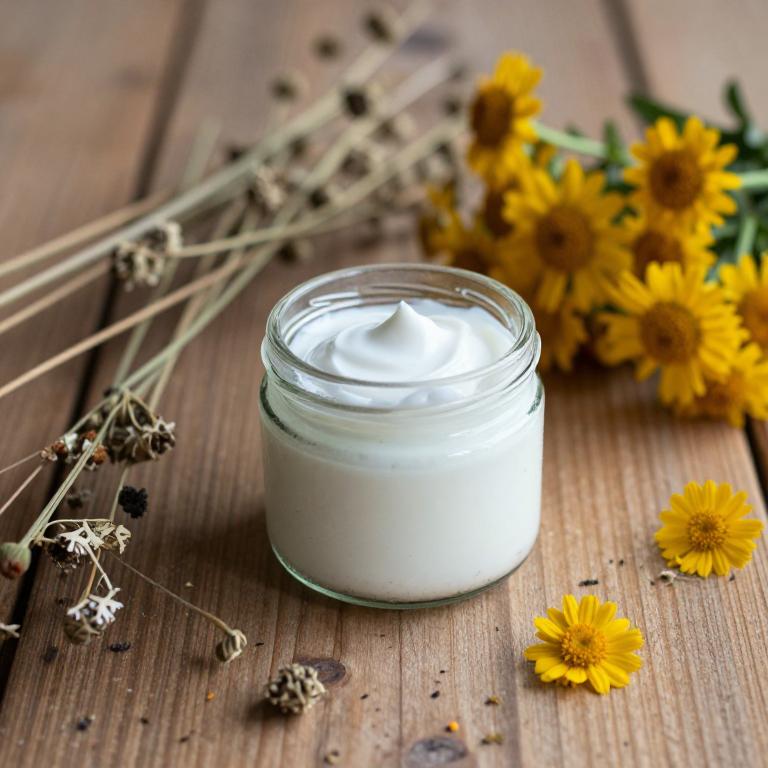
Cnicus benedictus, commonly known as the blessed weed, is a herb traditionally used in herbal medicine for its potential skin-lightening properties.
Herbal creams containing Cnicus benedictus are often marketed for the treatment of hyperpigmentation, including dark spots, age spots, and melasma. These creams are believed to work by inhibiting the production of melanin, the pigment responsible for skin color. The active compounds in Cnicus benedictus, such as flavonoids and coumarins, may contribute to its antioxidant and anti-inflammatory effects, which can aid in skin renewal and even tone.
While some studies suggest promising results, more clinical research is needed to fully understand its efficacy and safety for long-term use.
8. Zingiber officinale
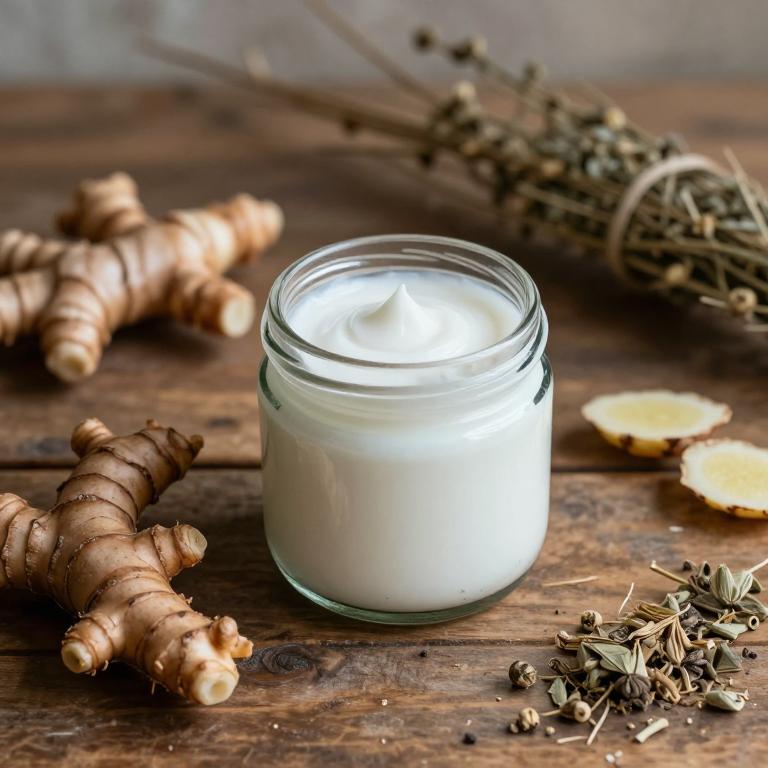
Zingiber officinale, commonly known as ginger, has been traditionally used in herbal remedies for its anti-inflammatory and antioxidant properties.
When incorporated into herbal creams, zingiber officinale can help reduce hyperpigmentation by inhibiting melanin production and promoting skin cell turnover. These creams often contain other complementary ingredients like turmeric, aloe vera, or vitamin E to enhance their effectiveness. The active compounds in ginger, such as gingerol and zingibain, may help lighten dark spots and improve overall skin tone.
However, it is important to perform a patch test before using these creams to avoid potential skin irritation.
9. Glycyrrhiza glabra
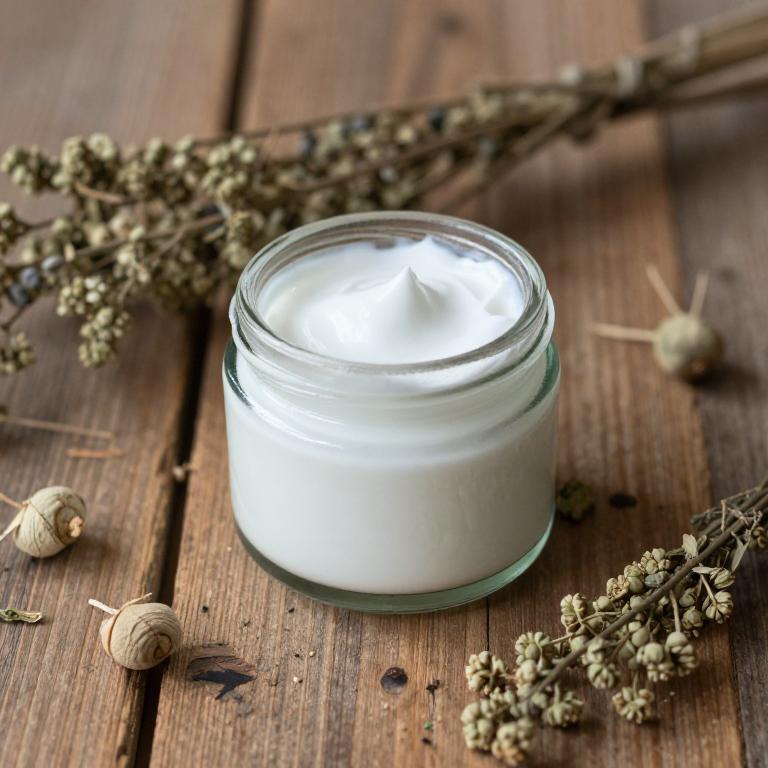
Glycyrrhiza glabra, commonly known as licorice root, is widely used in herbal creams for its skin-lightening properties, particularly in the treatment of hyperpigmentation.
The active compound, glabridin, inhibits tyrosinase activity, which is essential in melanin production, thereby reducing dark spots and uneven skin tone. These herbal creams are often formulated with other natural ingredients like vitamin C, arnica, or aloe vera to enhance their effectiveness and provide additional soothing benefits. Due to its anti-inflammatory and antioxidant properties, licorice-based creams are also beneficial for sensitive skin and can help with conditions like acne scars and sun damage.
However, it is important to consult a dermatologist before use, especially for those with sensitive skin or allergies to licorice.
10. Hypericum perforatum
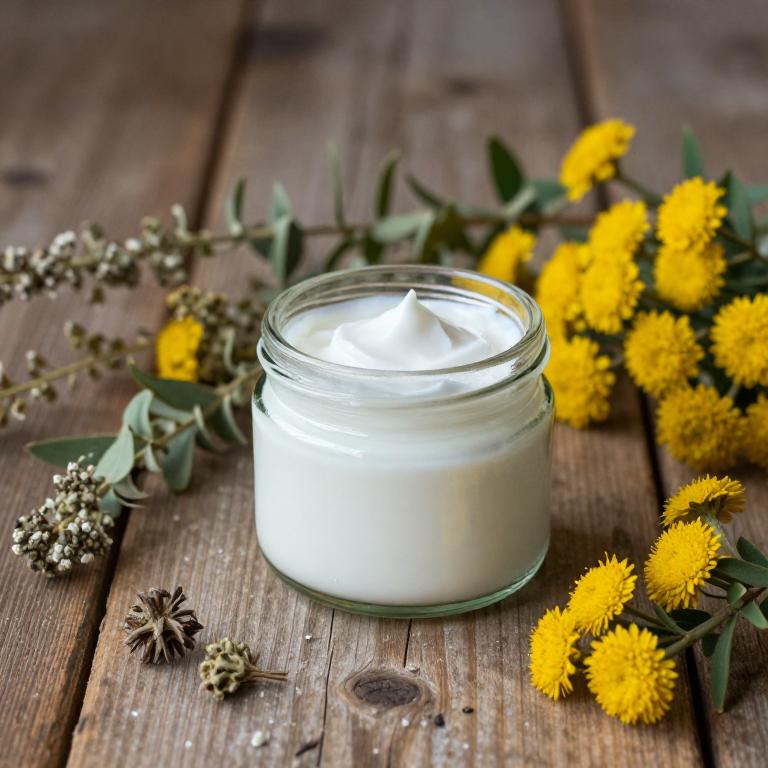
Hypericum perforatum, commonly known as St. John's Wort, is a herbal remedy that has been traditionally used for its potential skin-healing properties.
When formulated into a cream, it may help reduce hyperpigmentation by promoting skin cell renewal and regulating melanin production. The active compounds in hypericum perforatum, such as hyperforin and hypericin, are believed to possess anti-inflammatory and antioxidant effects that support skin health. However, it is important to note that while some studies suggest its efficacy, more clinical research is needed to fully confirm its benefits for hyperpigmentation.
As with any topical treatment, it is advisable to consult a dermatologist before incorporating hypericum perforatum cream into a skincare routine.